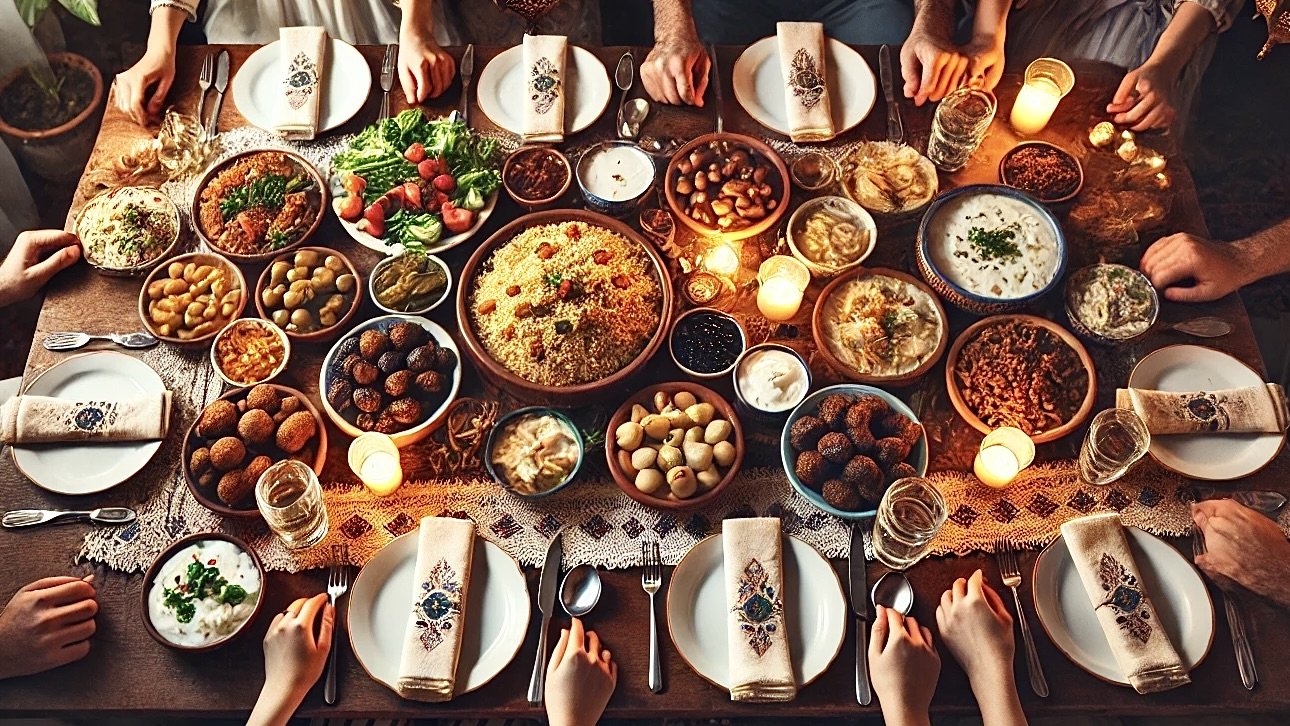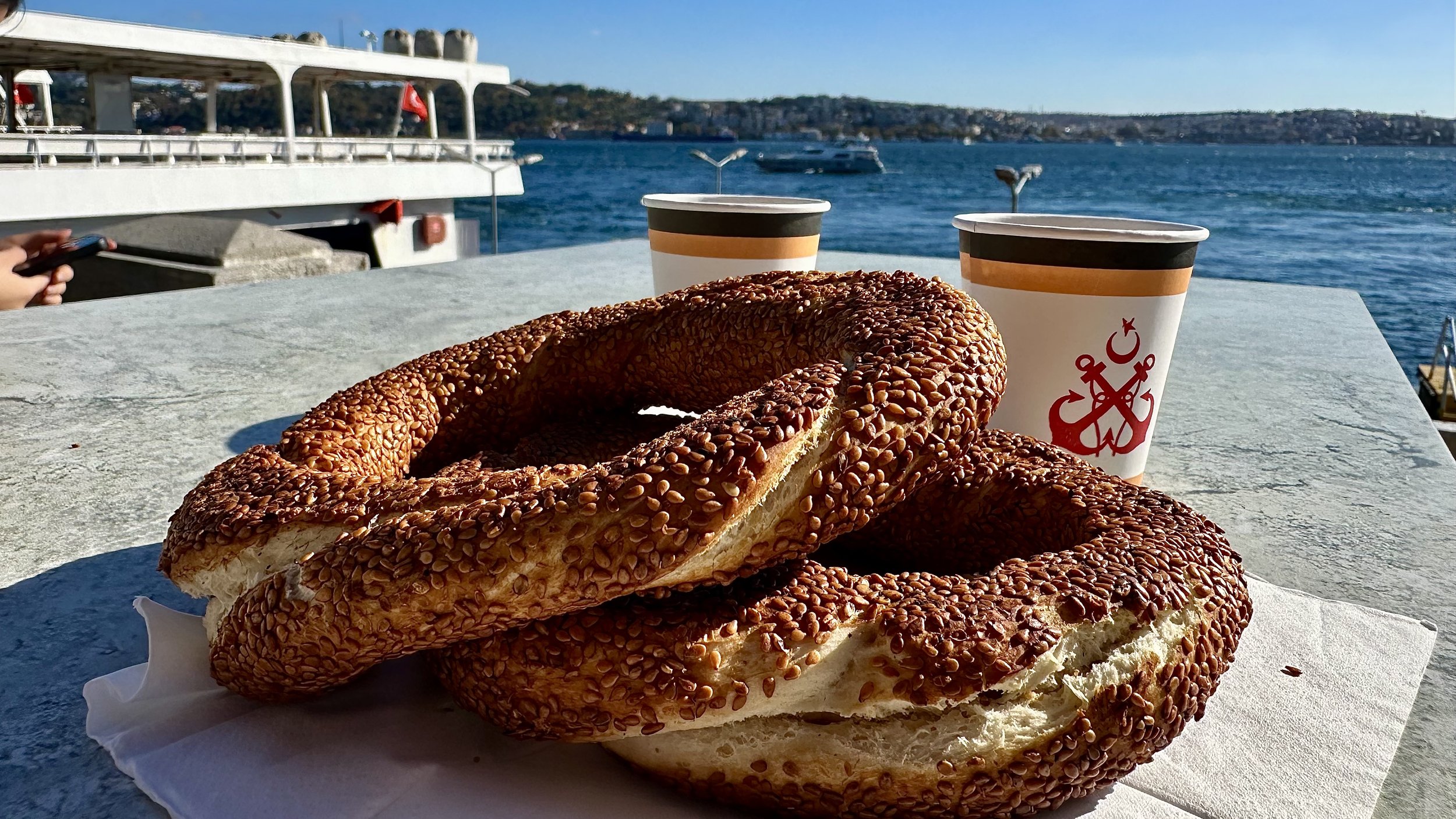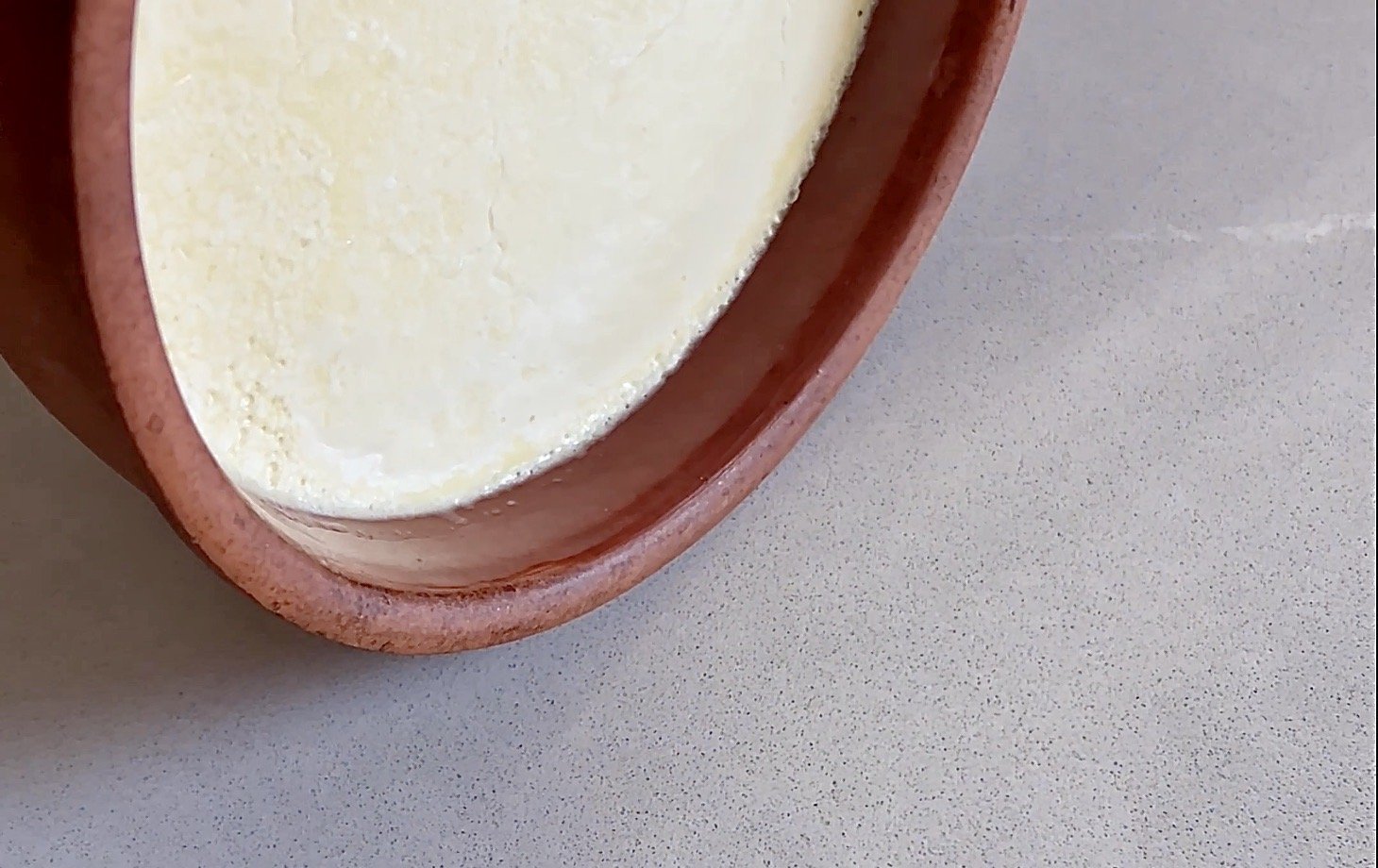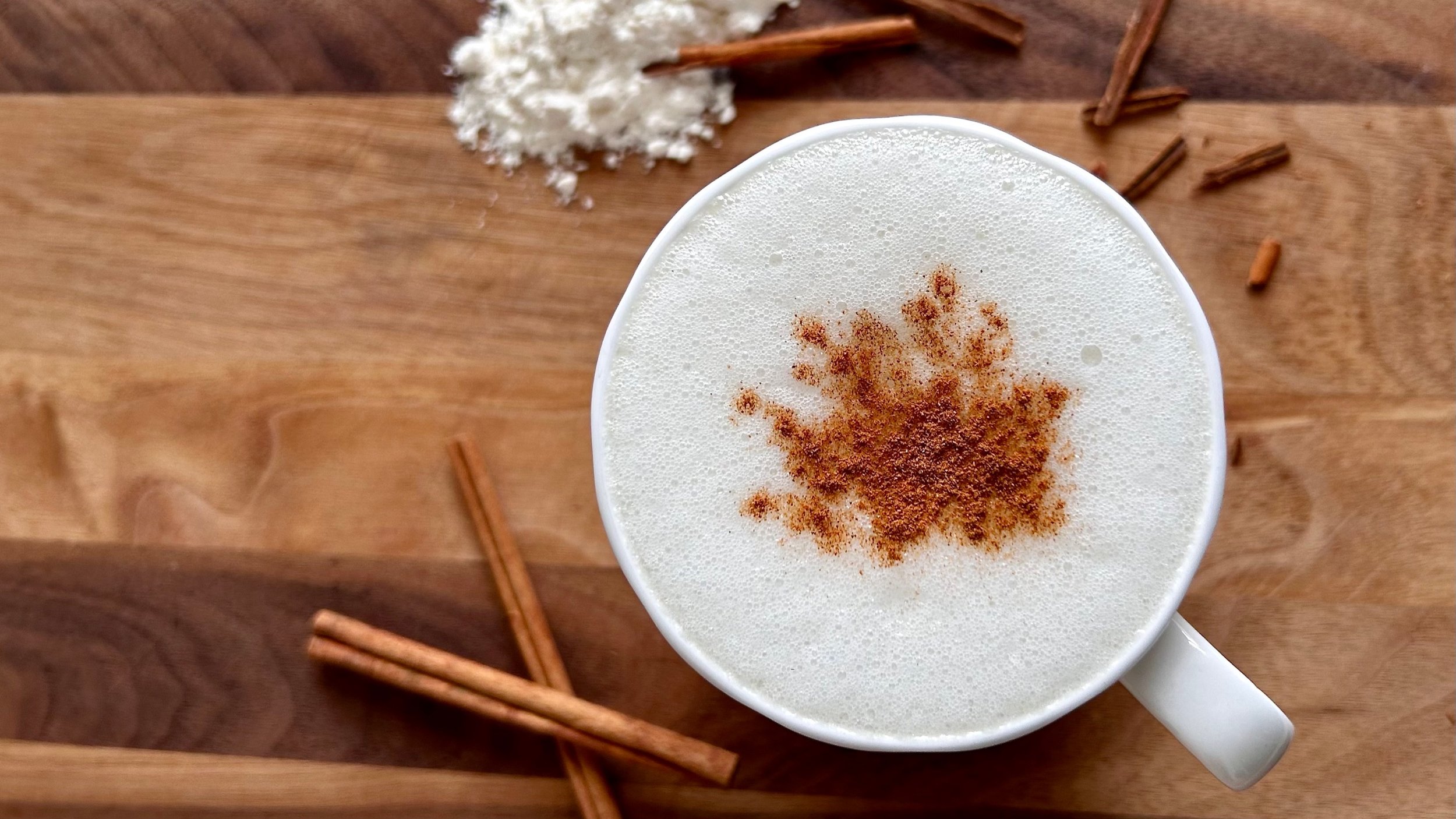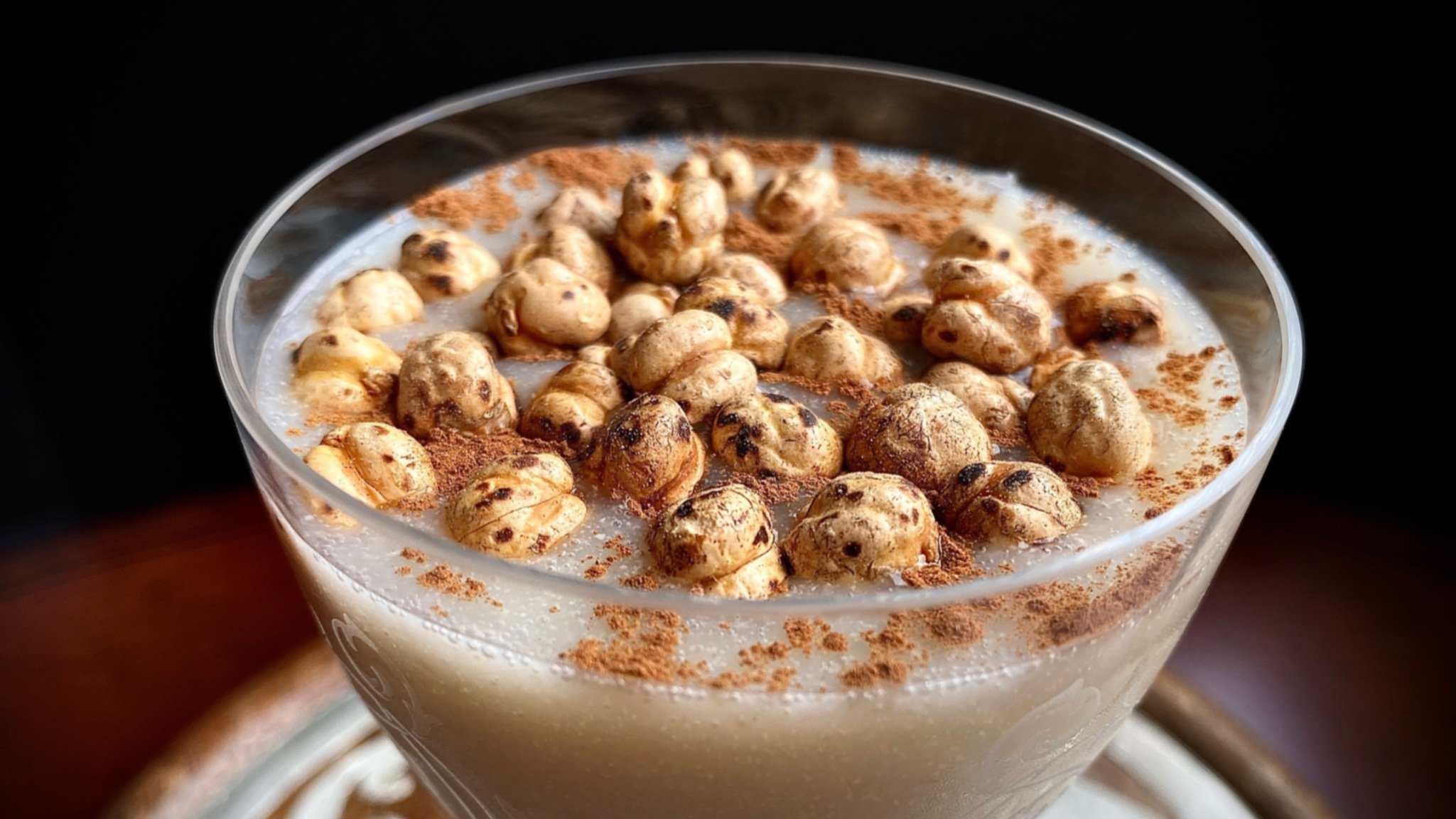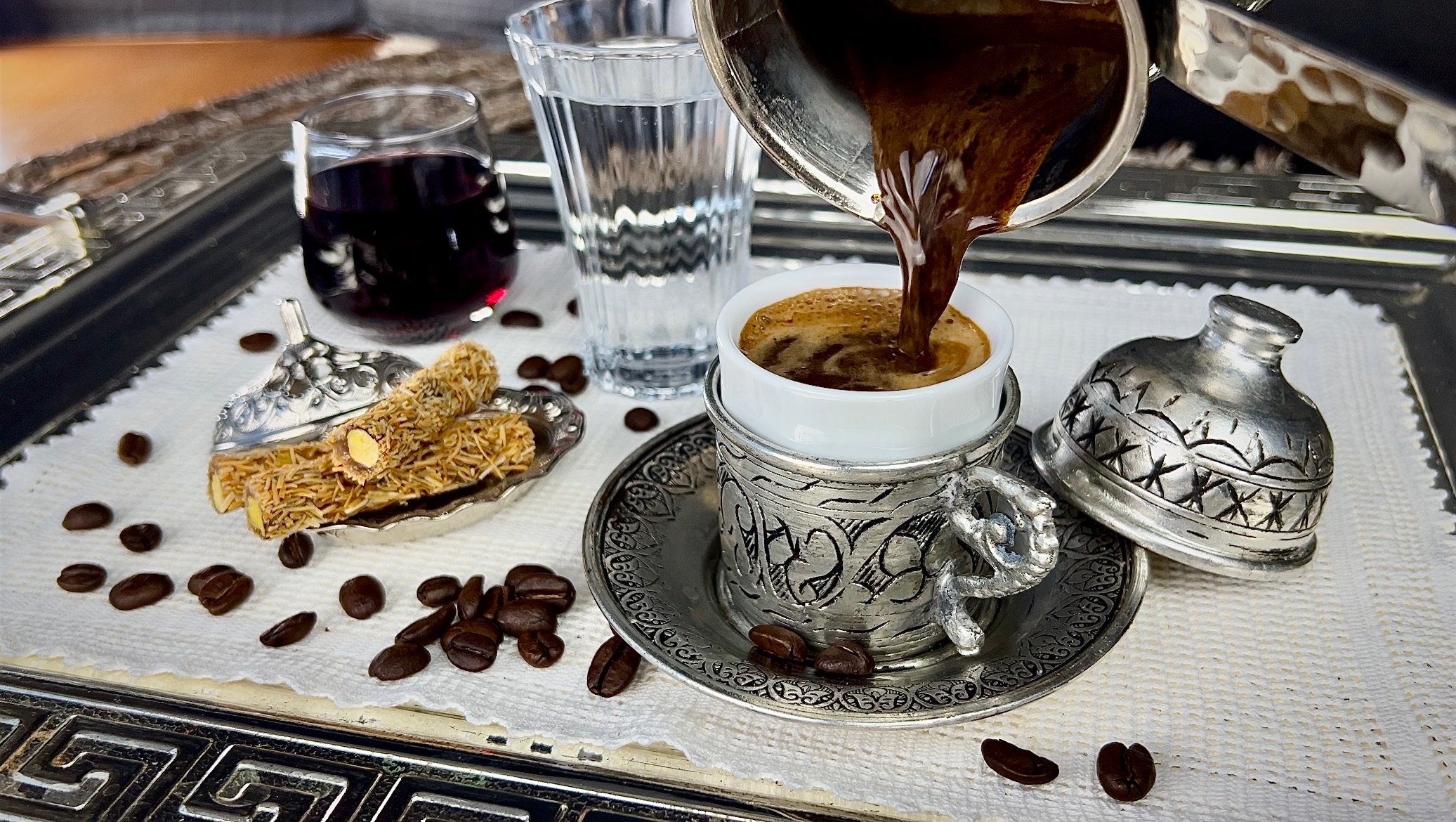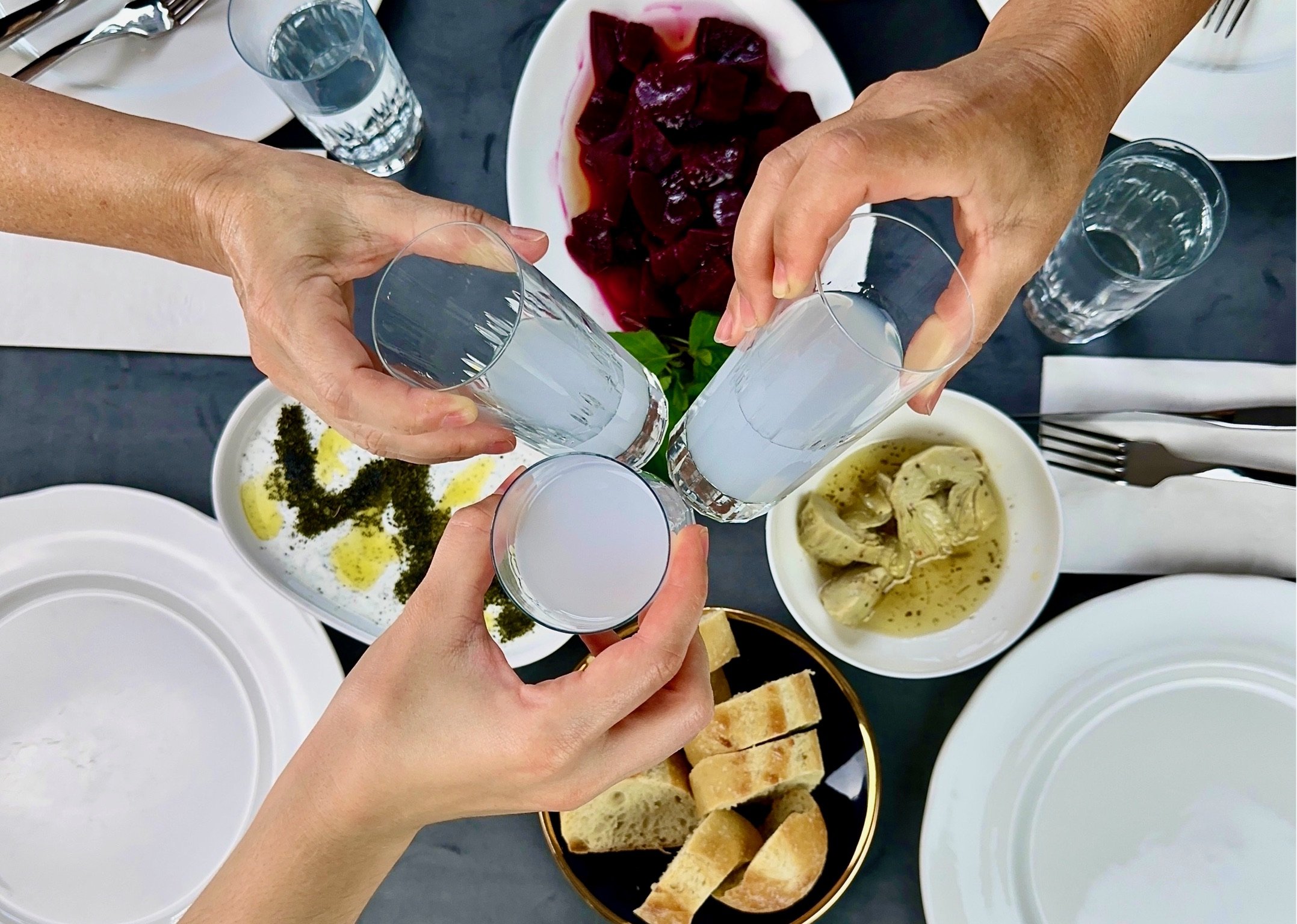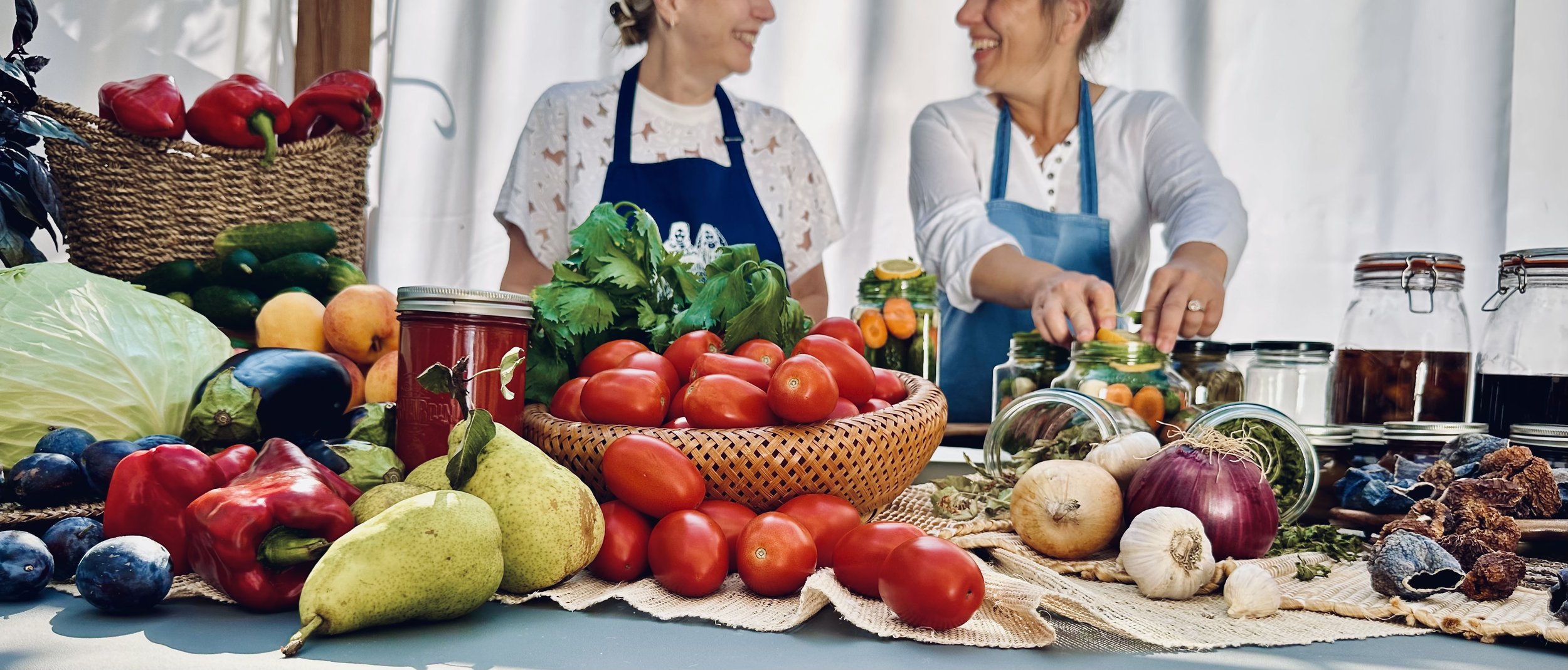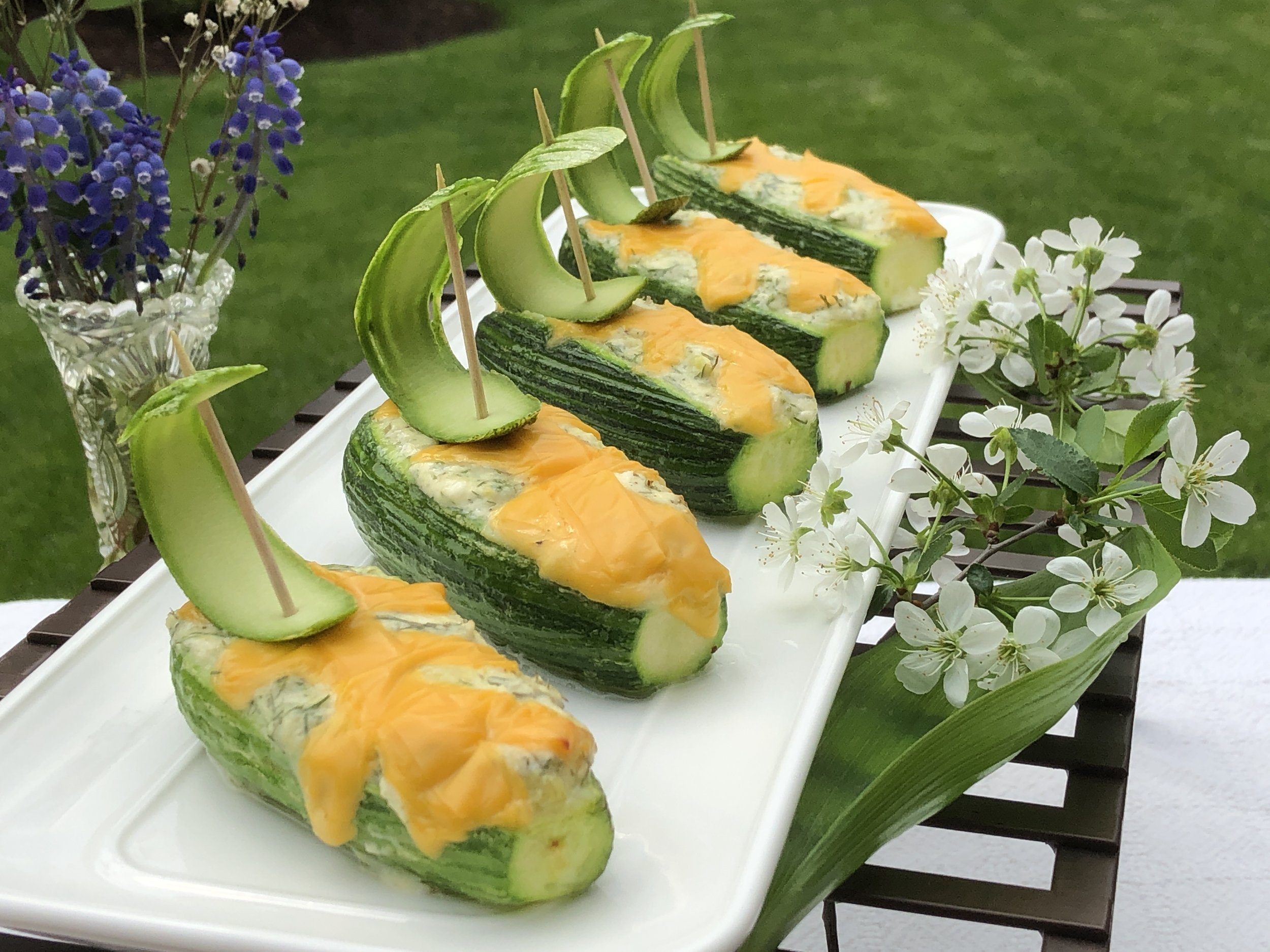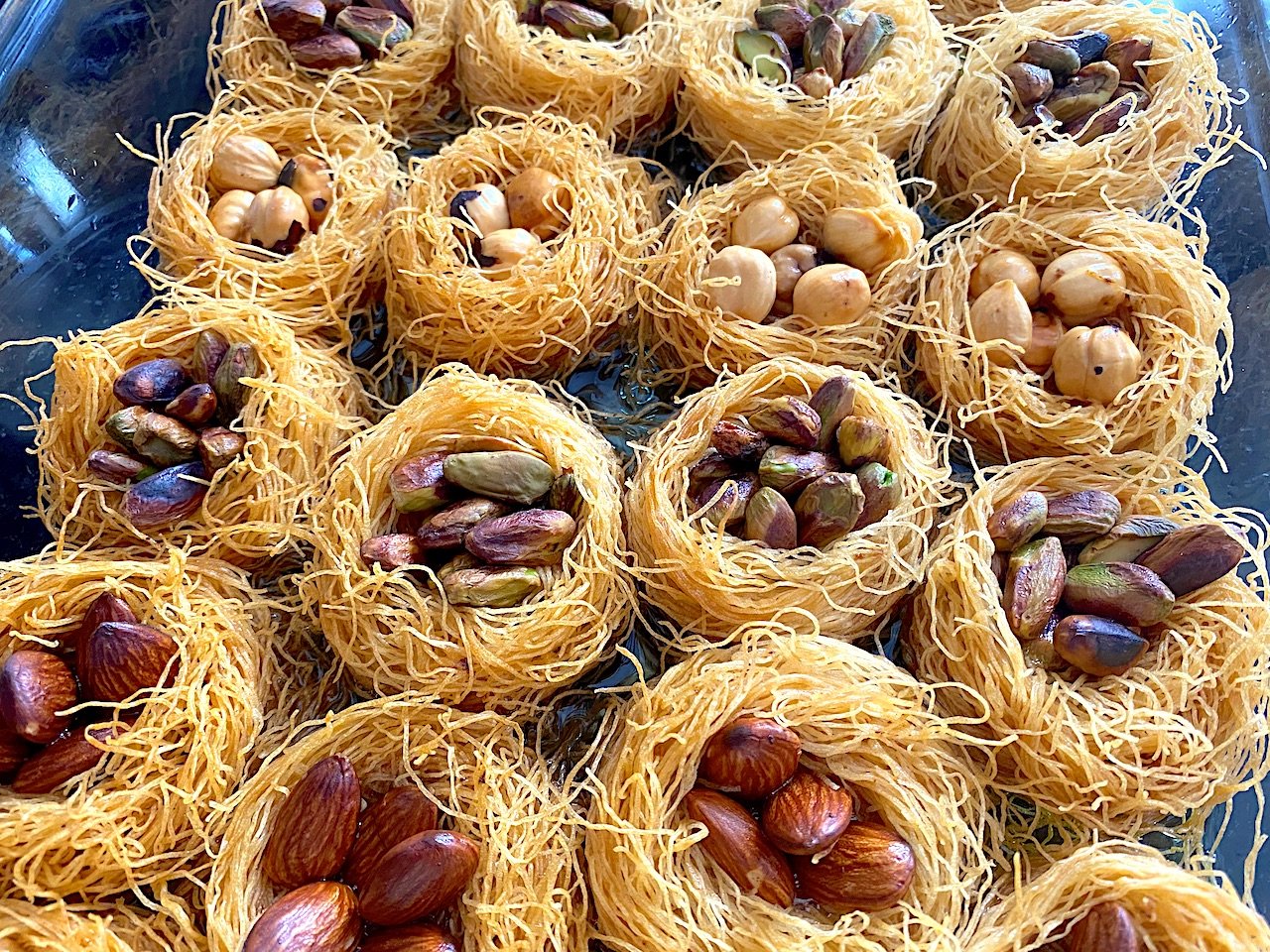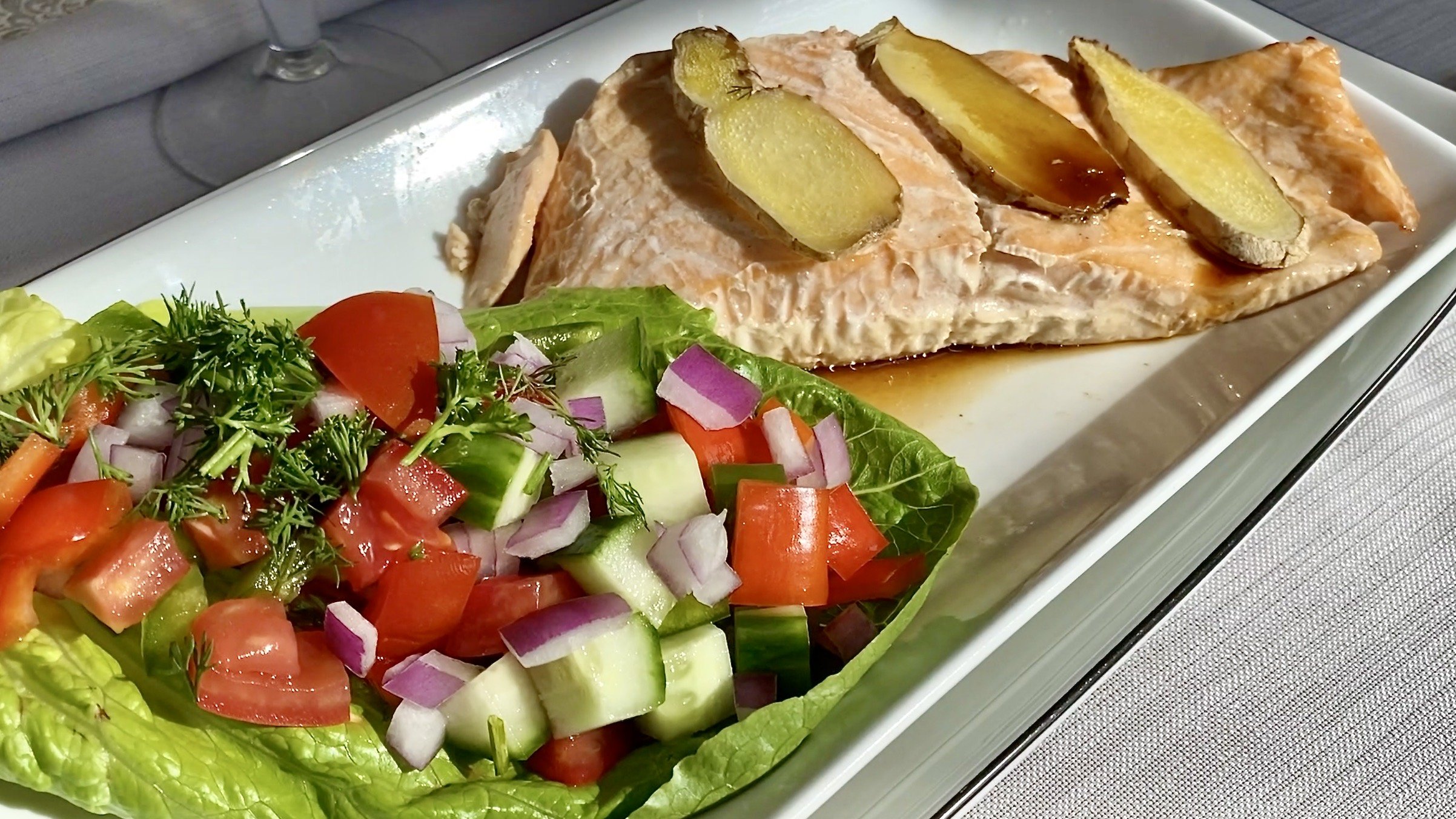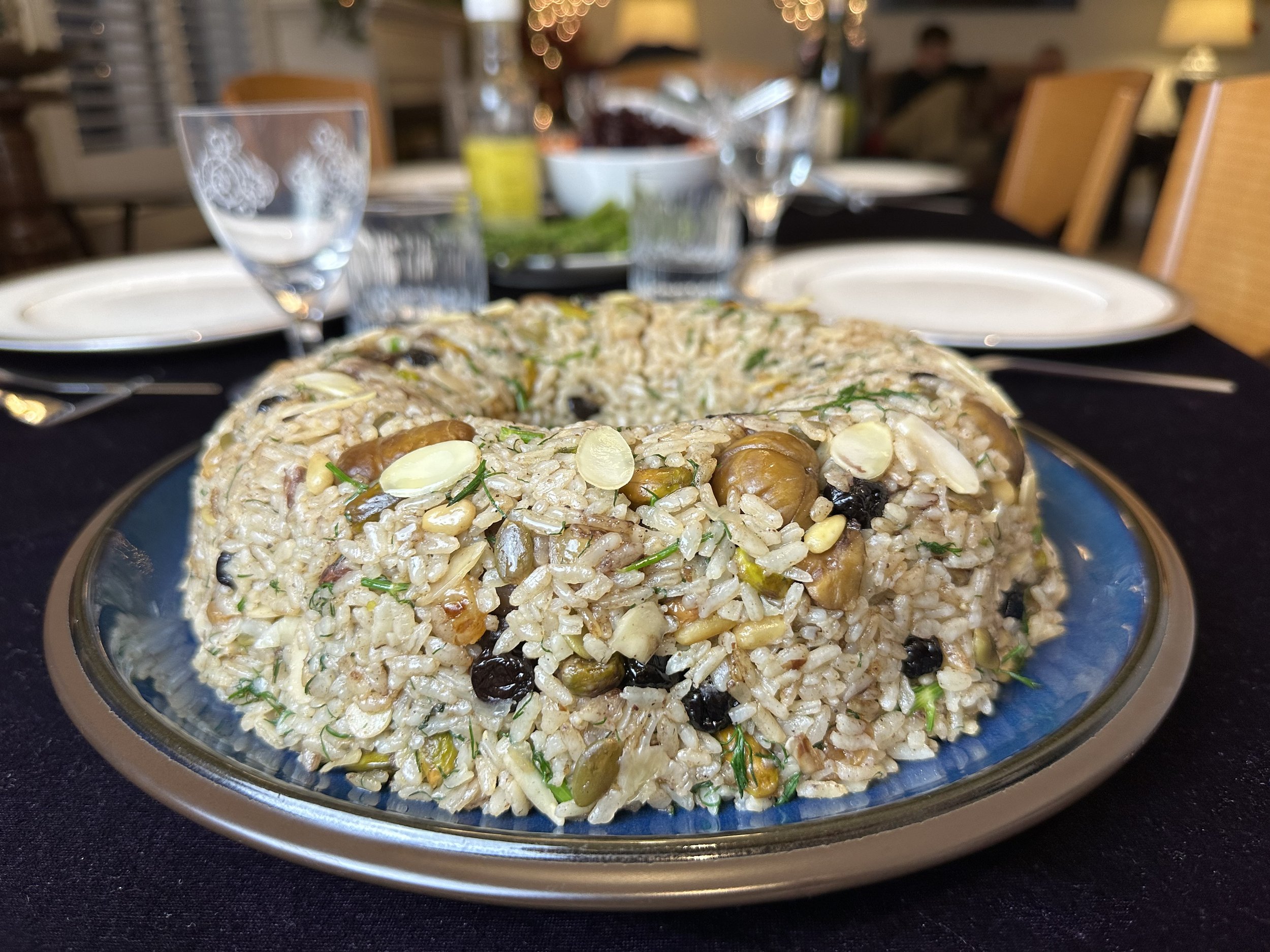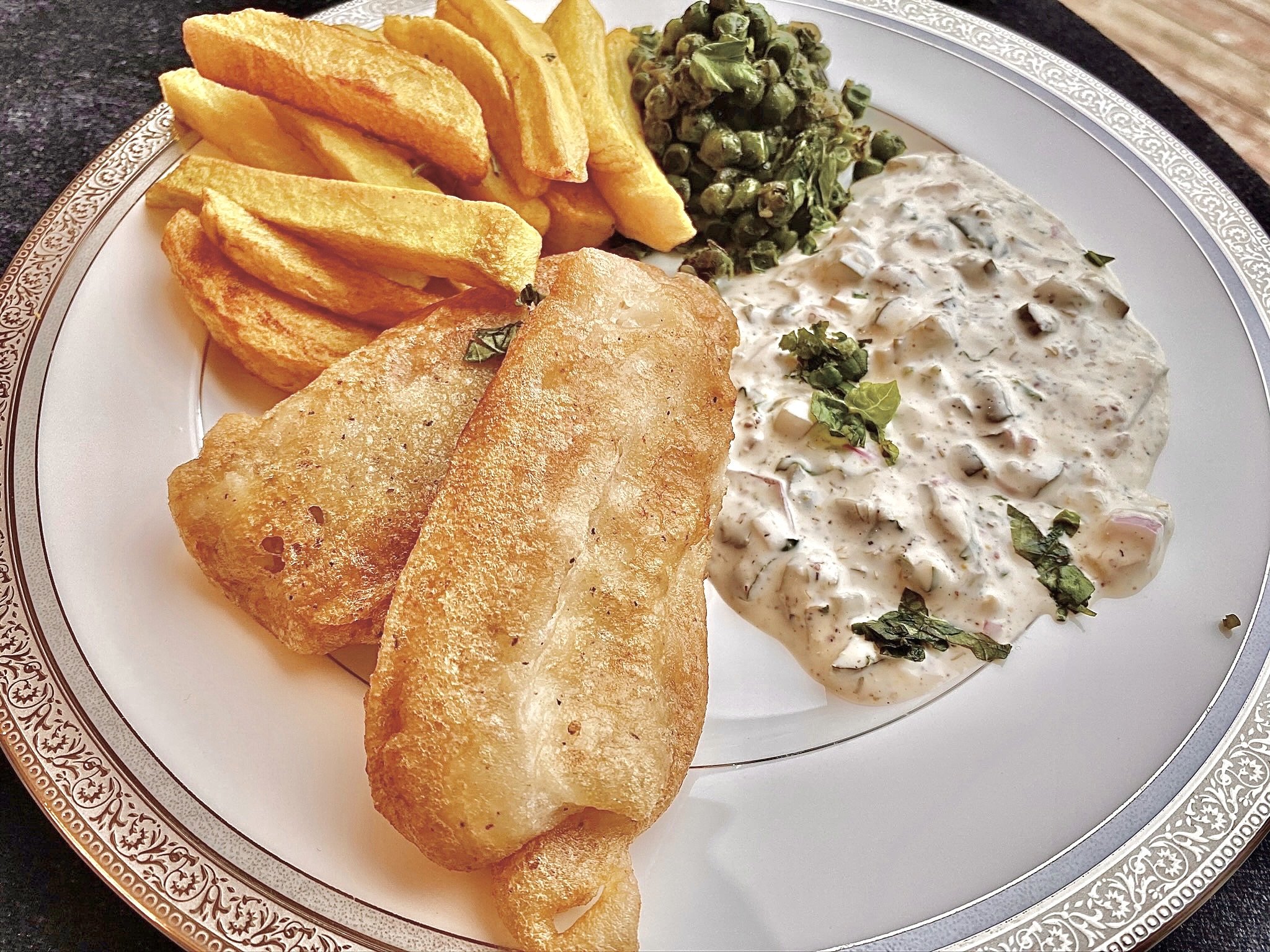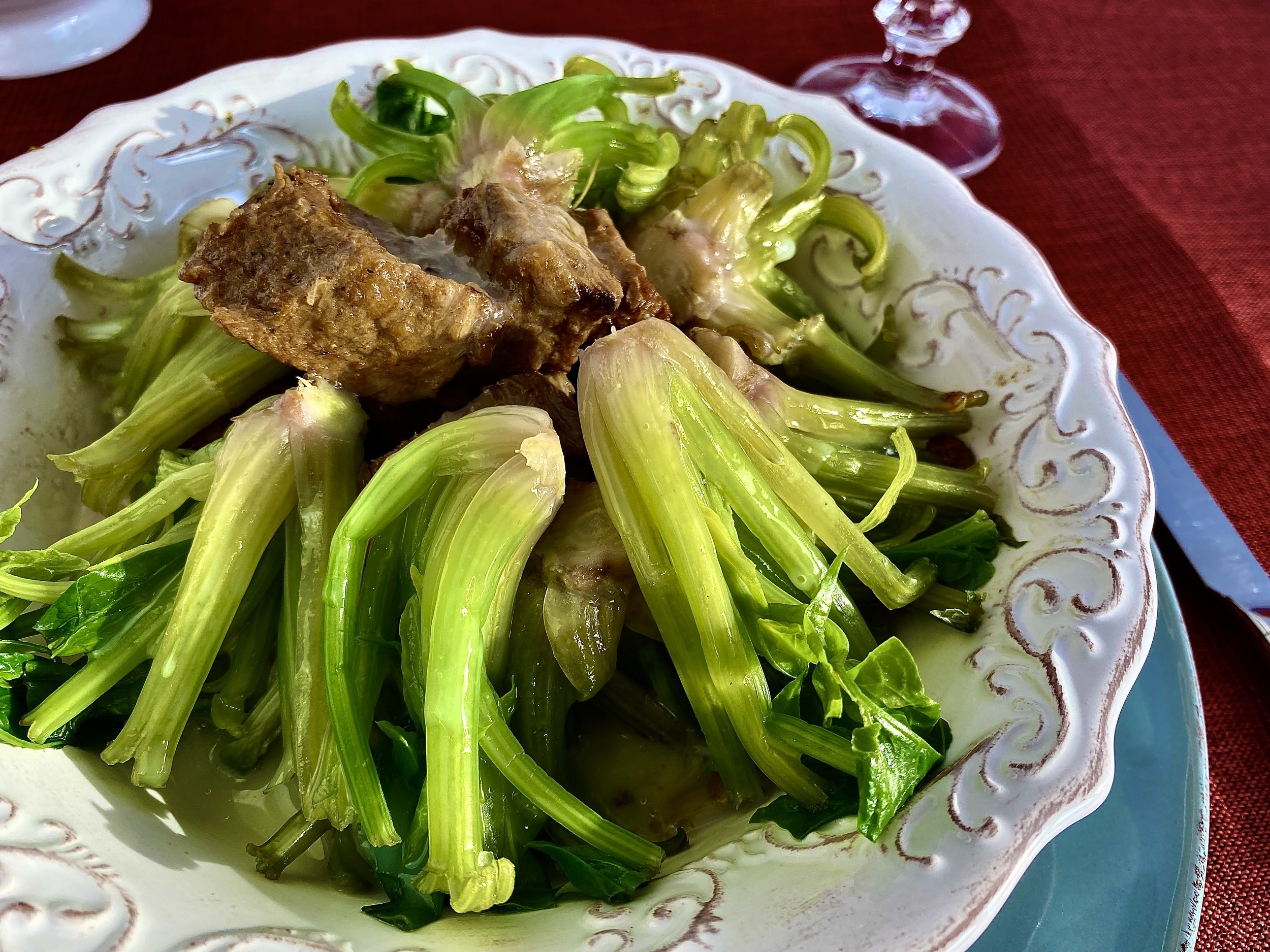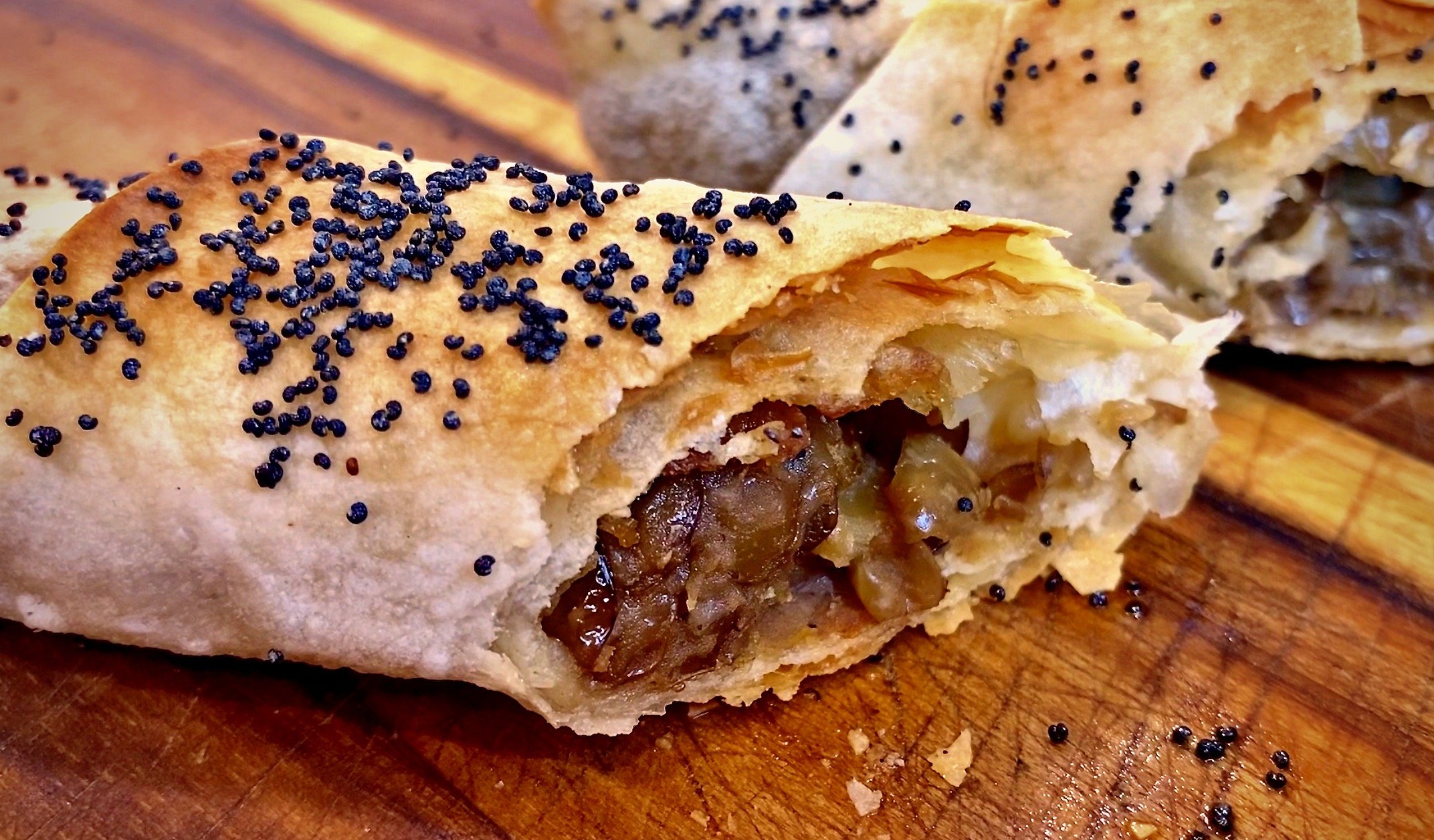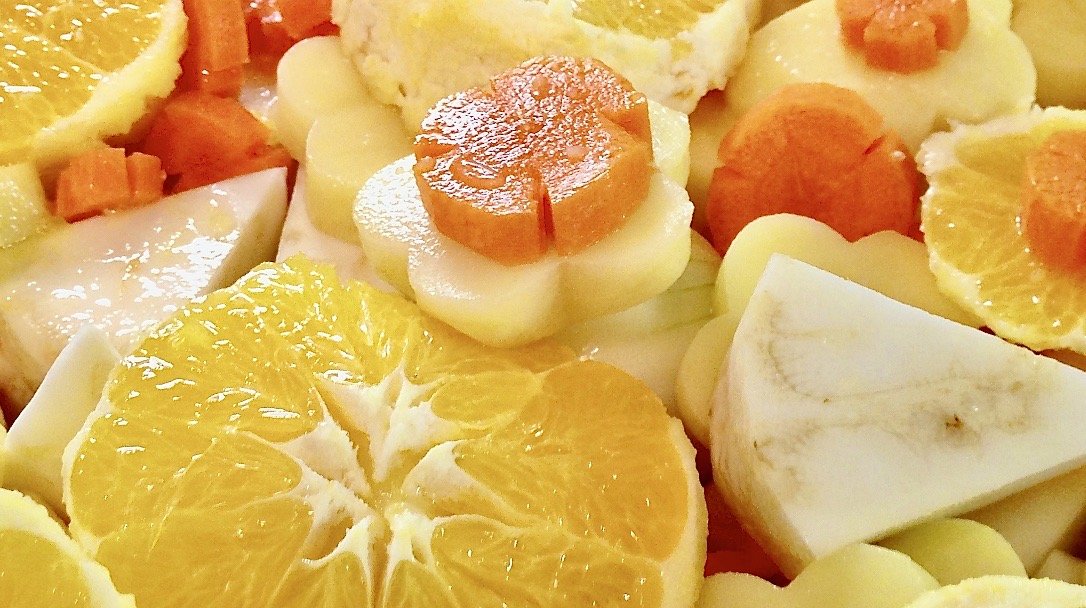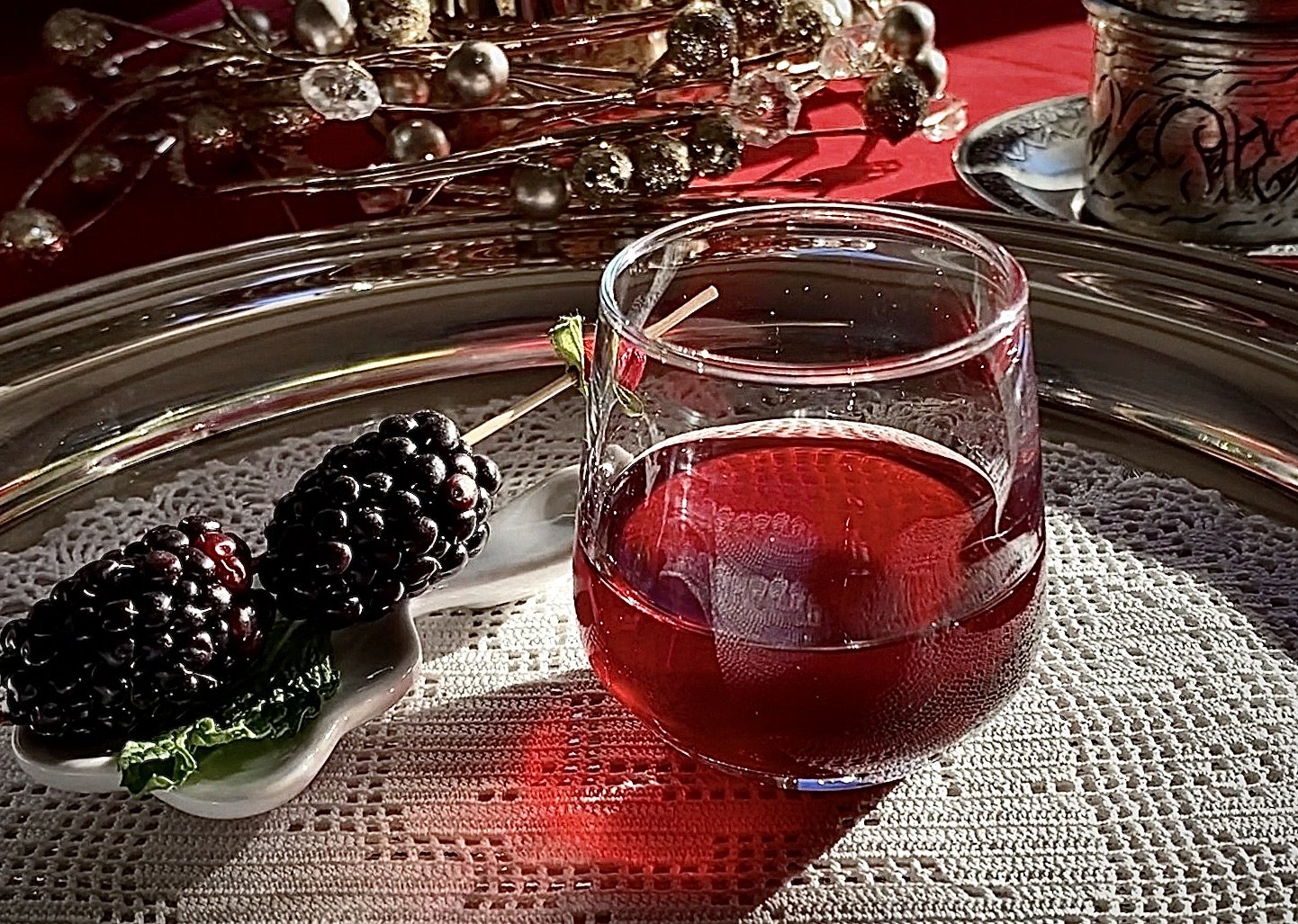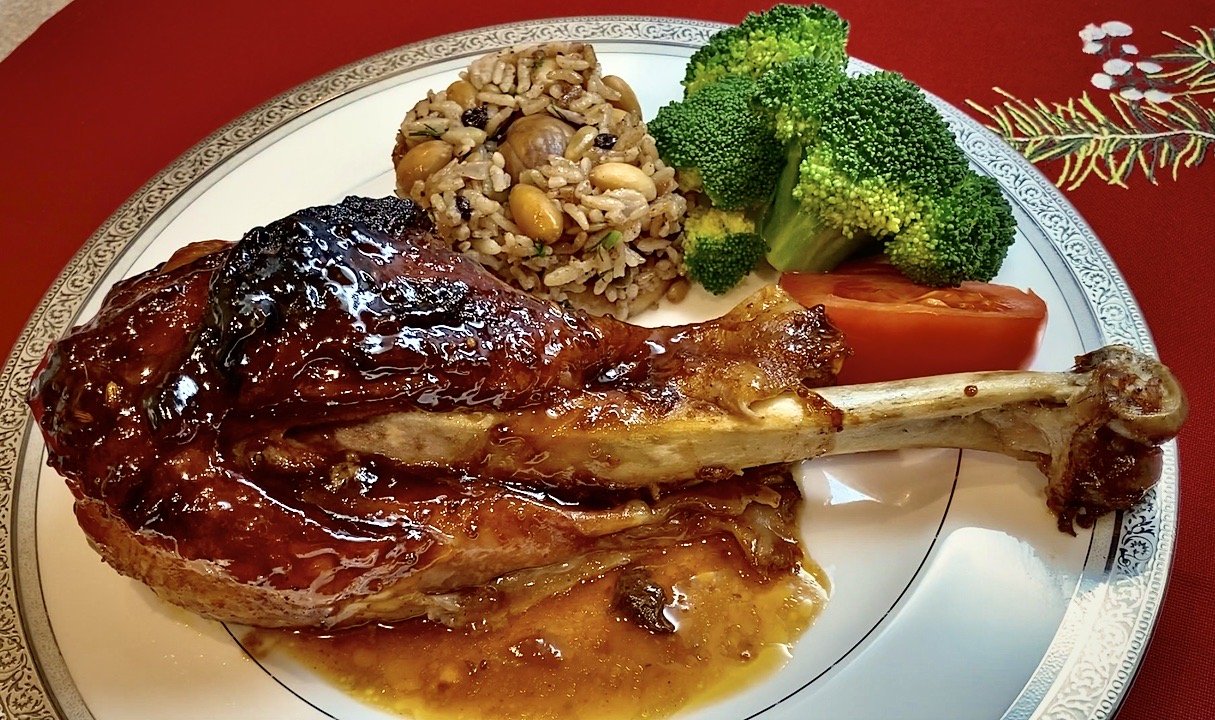From Feasts to Farewells: Role of Food in Turkish Traditions
In Turkish culture, food often becomes a vessel for tradition, a symbol of community, and a means of expressing love and care during life’s most significant moments. Whether it’s a joyful celebration or a time of mourning, Turkish cuisine plays an essential role in bringing people together, offering both comfort and connection.
Weddings: A Feast of Tradition and Togetherness
Weddings in Turkey are not just a union between two people but a union of families and communities. Istanbul, often seen as the culinary melting pot of Turkish lands, hosts wedding feasts that blend tradition with influences from many regions. While some areas emphasize kebabs, Istanbul weddings tend to feature simpler yet equally meaningful dishes.
An old Turkish tradition involves the sacrifice of an animal, which is then braised for the wedding meal. This symbol of good fortune for the couple is paired with rice pilav, cooked in the meat’s broth. A rich yet humble staple, the meal concludes with small portions of light desserts like zerde (a saffron-infused rice pudding), or if the host is wealthy, baklava. This way, guests are kept from overeating as they are expected to dance into the night—a practice rooted in practicality as well as hospitality. This tradition, simple in its requirements of rice and a fresh-cut animal, reflects the Turkish focus on practicality, family, and sharing with the community.
Today, wedding feasts of Istanbul have evolved to include meze plates (small, flavourful dishes like stuffed vine leaves and seafood), a hot main course (such as stuffed chicken or an elaborate meat dish), and filo desserts like baklava to ensure that while traditions remain, they are modernized for a more elaborate culinary experience.
A similar culinary setup is seen in Sünnet düğünü, the circumcision ceremony for boys, celebrated with equal joy and community. However, for this occasion, zerde still takes centre stage as the traditional dessert, symbolizing purity and sweetness in this important rite of passage.
Grief and Comfort: Food for the Deceased and Their Family
During times of mourning, Turkish customs emphasize community support through food. When a family loses a loved one, they are often overwhelmed and lack the time or energy to prepare meals or host guests paying their respects. It is customary for friends and neighbours to bring dishes of food to ease the burden on the grieving household, and in many cases, they also assist in serving and hosting visitors. This support allows the family to focus on their grief while still showing hospitality to those offering condolences. Typically, the dishes prepared are those favoured by the deceased, bringing an additional layer of intimacy to the gesture.
Helva, a traditional dessert made of flour and butter, is shared in memory of the deceased, symbolizing both the sweetness of life and the inevitable passage of death. The act of preparing helva holds special significance; everyone who knew the deceased may take turns stirring the mixture on the stove as a final way of paying respects. Additionally, lokma—small, syrup-soaked fried dough bits—are often distributed during memorial gatherings as a way to honour the memory of the departed.
These customs, deeply rooted in Turkish tradition, highlight the importance of community and the role food plays in offering both comfort and continuity in times of sorrow.
Everyday Life: Family, Food, and Connection
In Turkey, even the simplest meal is a gesture of care and hospitality. Whether gathering with family or welcoming a neighbour, meals are prepared with love and thoughtfulness. Meze, small dishes like haydari, fava, and stuffed vine leaves, often anchor social meals, fostering conversation and connection.
Tea and coffee rituals are just as central. Offering a guest a glass of hot Turkish tea—refilled multiple times for longer conversations—or a cup of strong Turkish coffee (often served with a side of lokum (Turkish Delight) or liqueur) is a way of saying, “You are welcome here.” These beverages, served at both casual gatherings and formal occasions, often create a warm space for dialogue.
Religious and National Holidays: A Celebration of Tradition
Religious observances, such as Ramazan (Ramadan), bring families together for special meals. During the holy month, families break their fast with iftar meals, starting with a glass of water, dates or olives, and a warm bowl of lentil soup. The meal unfolds into a spread of meats, pilav, and vegetables, reflecting the spiritual and cultural significance of sharing food after a day of fasting. Hospitality becomes even more important during Ramadan, as families are expected to welcome guests into their homes, offering them a place at the table. This is a rare opportunity when families of more humble financial means can feel less burdened about accepting dinner invitations without worrying about how they can reciprocate the gesture for the hosts.
Certain dishes like pide (soft flatbread) and güllaç (a delicate dessert made with rice flour filo, milk, rosewater, and walnuts) are prepared specifically for Ramadan dinners, while sweets like candy or chocolate are shared with guests over tea or coffee. At the end of the holy month, during Şeker Bayramı (the “candy holiday”), children go door to door, collecting sweets and allowances by kissing their elders’ hand in a beloved tradition of respect and festivity.
For celebrations like Kurban Bayramı (Eid al-Adha), the practice of fitre emphasizes gratitude and sharing. People with the means give to those in need as a way of dispersing wealth and expressing gratitude. At any other time, this practice would be damaging to the pride of the recipients, or even those without the means to share. However, during Kurban Bayramı, people believe that the fortune that finds them during this holy period is a gift from god, and, so, the recipients often pray for the giver’s well-being and fortune, and spend this good fortune in a way that they believe will please their god. During holy days and months, the act of giving and receiving is just as integral to the holiday as the food itself.
Embracing Diversity in Turkish Culinary Traditions
While this article focuses on many of the well-known aspects of Turkish cuisine, particularly those connected to the majority Muslim population in Istanbul, we acknowledge that our understanding of the culinary practices of the numerous other religious and cultural groups in this magnificent city remains incomplete. Turkey’s rich cultural and historical legacy includes the diverse traditions of various ethnic and religious minorities, and we are keenly aware that this represents an important piece of the cultural mosaic that we have yet to fully explore, as Fairies’ Cuisine.
With great respect and curiosity, we look forward to learning more about the food traditions of these communities, which have often been marginalized within the broader muslim-dominant society. For instance, though many Istanbulites eagerly purchase paskalya çöreği during Easter and dye hardboiled eggs with their children, the deeper reasons and origins behind these practices often remain unknown, leading to a more surface-level adoption of these traditions.
Once we are able to open a comments section for our blogs, we would love to hear directly from people with these lived experiences—primary sources, if you will—who can enrich our understanding and help us celebrate all of Turkey’s culinary diversity. In the meanwhile, please feel free to share your knowledge, thoughts, and experience of Istanbul’s culinary traditions @fairiescuisine on instagram (our most active channel of communication) using #fcistanbultraditions.





